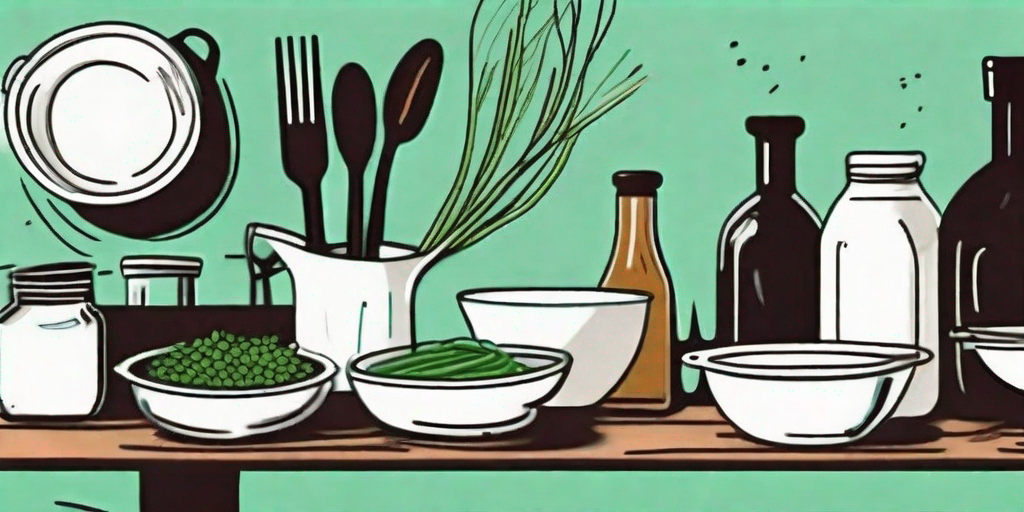
Welcome, culinary explorers and flavor enthusiasts! Today, we're embarking on a gastronomic adventure into the wild, wonderful world of chives. These tiny green tubes of taste are more than just a garnish on your baked potato. They're a versatile, vibrant addition to your culinary arsenal, ready to add a dash of 'je ne sais quoi' to your dishes. So, buckle up your apron, sharpen your knives, and let's dive into the delicious depths of wild chives.
What are Wild Chives?
Before we start tossing them into our pots and pans, let's get to know our subject a little better. Wild chives, scientifically known as Allium schoenoprasum, are a species of flowering plant in the family Amaryllidaceae. They're native to Europe, Asia, and North America, and they're as wild and free as their name suggests.
Wild chives are similar to their domesticated cousins, but with a few key differences. They're smaller, for one, and their flavor is more potent, with a delightful oniony-garlicy taste that can really kick your dishes up a notch. Plus, they're free! Just be sure to forage responsibly and sustainably.
How to Identify and Forage Wild Chives
Now that we've whetted your appetite, let's talk about how to find these flavor bombs in the wild. Wild chives are pretty easy to identify, thanks to their distinctive features. They have hollow, tubular leaves, similar to green onions, and they produce beautiful, purple flowers that are also edible.
When foraging for wild chives, look for them in meadows, fields, and along the edges of forests. They prefer well-drained soil and plenty of sunlight. Just remember, when foraging, always leave plenty for the wildlife and never take more than you need.
How to Use Wild Chives in Your Cooking
Alright, now that we've got our wild chives, what do we do with them? The possibilities are as endless as your culinary creativity. Here are a few ideas to get you started.
As a Fresh Garnish
Chopped fresh, wild chives can add a pop of color and flavor to any dish. Sprinkle them on soups, salads, and baked potatoes, or use them to garnish your gourmet creations. Their vibrant green color and delicate flavor can elevate any dish from ordinary to extraordinary.
And don't forget about those beautiful, edible flowers! They can add a touch of elegance to your dishes and make you feel like a five-star chef in your own kitchen.
In Sauces and Dips
Wild chives can add a depth of flavor to sauces and dips. Try blending them into a creamy aioli, or mixing them into a tangy vinaigrette. Their unique flavor can add a new dimension to your favorite recipes.
And let's not forget about dips! A handful of chopped wild chives can turn a simple sour cream dip into a gourmet treat. Just add a squeeze of lemon juice and a pinch of salt, and you've got a dip that's sure to impress at your next party.
Frequently Asked Questions
Are wild chives safe to eat?
Absolutely! Wild chives are not only safe to eat, but they're also delicious and nutritious. Just make sure you're actually picking wild chives and not a look-alike plant. When in doubt, consult a local plant guide or expert.
Can I grow wild chives in my garden?
Yes, you can! Wild chives are easy to grow and can add a touch of wild beauty to your garden. Plus, you'll have a fresh supply of flavor at your fingertips.
What's the difference between wild chives and regular chives?
Wild chives are smaller and more potent in flavor than regular chives. They also have a slightly different appearance, with thinner leaves and purple flowers.
Conclusion
So there you have it, folks! A comprehensive guide to the wild, wonderful world of wild chives. Whether you're a seasoned chef or a culinary newbie, we hope this article has inspired you to venture into the wild and add a sprinkle of flavor to your cooking. Happy foraging and bon appétit!











